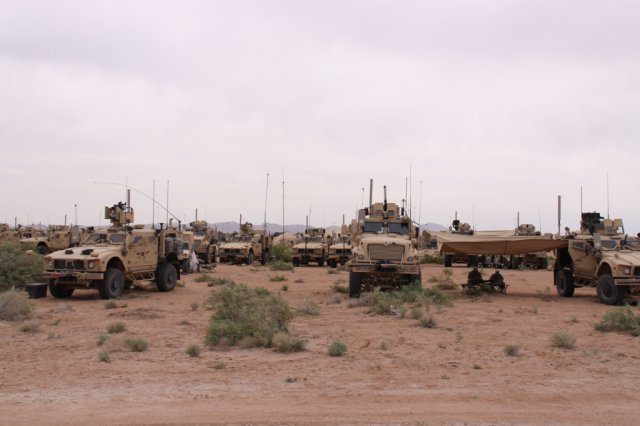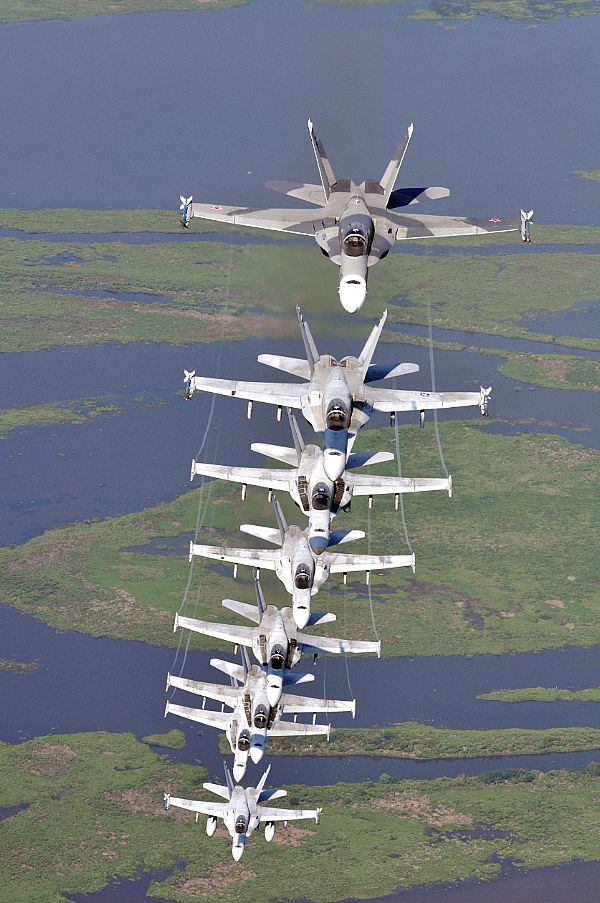The Army learned the art of adaptation throughout the last 12 years of war, but is now moving into a period of innovation that will require critical investments for the force of the future.
“Adaptation is driven by some emergency and arguably what we’ve done for the last dozen years at war,” said Lt. Gen. Keith C. Walker, director of the Army Capabilities Integration Center and deputy commander for Army Futures. “Our Army, as part of its lifecycle, was going through a period of adaptation.”
Fresh from the 2013 “Campaign of Learning” senior leader discussions in Washington, D.C., Walker said examples of that adaptation included adjusting to the modular force, the development and deployment of the mine resistant ambush protected vehicle, jammers, and the way the Army operated, Walker said.
Speaking before members of the Association of the U.S. Army, the director of the Army Capabilities Integration Center and deputy commander for Army Futures explained that the “Campaign of Learning” — a series of war games and studies to examine Army concepts — had up until now been focused on the mid-term future, a period up until 2020. He said it will now also be looking at “deep futures,” or 2030 and beyond, in later war games.
A FUTURE OF INNOVATION
“Right now, we are coming out of a period of adaptation and into a period of innovation,” Walker said. “How we do that, to invest in the future Army, is absolutely critical if we’re going to provide the nation what [it] needs when they call upon the Army.”
The general referred to several examples of past national investments, using “2013 dollars” to illustrate the cost to the nation. Included among those investments were the Manhattan Project, from 1942-1945, which saw $4.8 billion annually; the Apollo space program, from 1961 to 1972, which received on average of $13 billion a year; the B-2 bomber program, which cost $4 billion annually; and the Army digitization program, which cost $5 billion annually.
“From 2001 to 2013, the national investment in science and technology is nanotechnology, and that’s $1.5 billion annually,” he said. “So comparatively, when you stand back and look at national investment in technology, it’s relatively low.”
Walker said that in the future, effective use of strategic land power will require a commensurate investment in technology. One example of that from the past is how in the 1990s, the Army invested in a “digital force.” Today, that investment has paid off in a way that gives Soldiers a significant advantage over adversaries.
“Soldiers know where they are, know where their friends are, and they know where the enemy is,” Walker said. That “common operating picture” of the battlefield, he said, provides Soldiers with a significant advantage over America’s enemies.
He added that as the service transitions toward 2020, it will continue making great strides, through investments in the evolution of the network and sensors, to ensure Soldiers aren’t “surprised” by what they see on the battlefield.
And, while Walker said he also believes Special Forces Soldiers and conventional Soldiers will continue to be interdependent into the future, he acknowledges that Special Forces Soldiers on missions in Afghanistan have an advantage. Special Forces Soldiers currently have the full weight of the entire network and supporting intelligence, surveillance, and reconnaissance assets behind them. That advantage is not something conventional Soldiers presently enjoy.
“This is something we’re working on, and I think we can get there by 2020,” he said. “That has certainly been our No. 1 modernization effort.”
Walker said that while the Army is in a new period of innovation, the world is also in a new period of declining conflict — and the Army is becoming more U.S.-based. At the same time, America has shifted its defense strategy to the Pacific region, making it an area of increased strategic interest.
“We’re at a point where should the nation need to employ us in the future, we will need to strategically maneuver … go straight from home and somehow get into the battle space with no intermediate staging base, and in a very austere environment,” he said.
“Our force is heavy,” said. “I’m not saying we have too many tanks and Bradleys, but how do you get to the fight when you need to have the ability to do strategic maneuvering?”
Walker said it will be absolutely essential to have mobile protective firepower with significant innovation in lighter, stronger material. Without that, he said, it will be difficult to get where America’s leaders want the Army to go.
Right now, Walker said, the Army is “probably a couple of Nobel Prizes away” from having the technology it needs. But the Army’s “Campaign of Learning” effort continues to shape the way the Army thinks, and continues to guide the Army’s modernization efforts.
Walker said there will be another war game at the end of September. In December, he said, the Army will publish a “deep futures concept” to help better assess the capabilities needed to drive science and technology investment.











